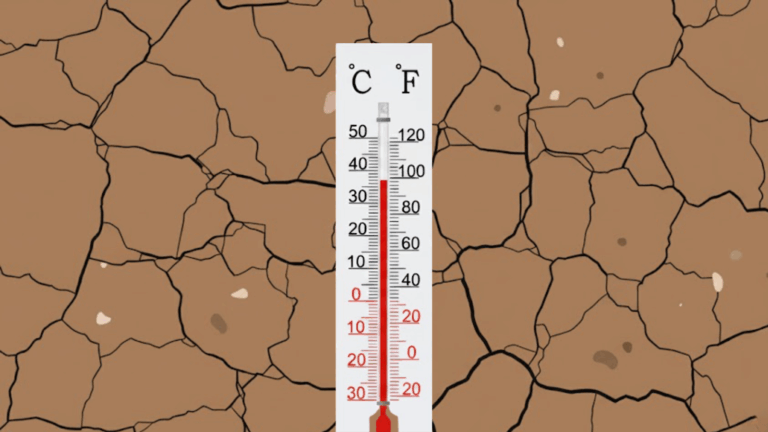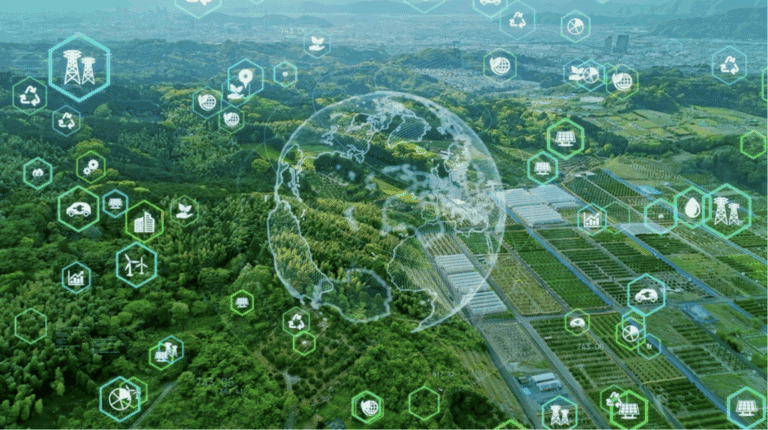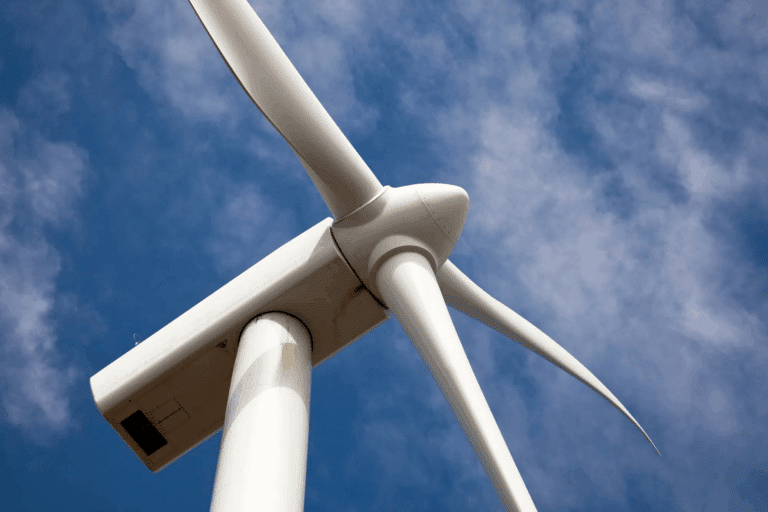Could a strategic lithium reserve kickstart US supply chain development?
NEW YORK -- A strategic lithium reserve is being mooted as a solution to stabilize volatile prices that have hindered American mining projects, allowi
Current Access Level “I” – ID Only: CUID holders, alumni, and approved guests only
Insights from the Center on Global Energy Policy
This Energy Explained post represents the research and views of the author. It does not necessarily represent the views of the Center on Global Energy Policy. The piece may be subject to further revision. Contributions to SIPA for the benefit of CGEP are general use gifts, which gives the Center discretion in how it allocates these funds. Rare cases of sponsored projects are clearly indicated.
For a full list of financial supporters of the Center on Global Energy Policy at Columbia University SIPA, please visit our website at Our Partners. See below a list of members that are currently in CGEP’s Visionary Circle. This list is updated periodically.
Recent climate progress arguably owes more to industrial competition than to the 2022 United Nations Climate Change Conference (COP27) climate summit. The US has spent more than $200 billion on the manufacture and deployment of clean energy technologies, a step-change increase from only one year ago.[1] The IRA is expected to mobilize more than a trillion dollars in government spending and trillions more in private investment to fight climate change.[2] The legislation also prompted a wide swath of countries to increase clean energy spending as they vie for investment and industries of the future. The EU, for its part, began to enforce its Carbon Border Adjustment Mechanism (CBAM) this past October.[3] A motley crew comprised of the US and the BRICS countries (Brazil, Russia, India, China, and South Africa) have pushed back, but the EU CBAM has likewise spurred governments to strengthen their stances against carbon emissions by considering strong carbon pricing or improving their capacity to measure embedded carbon. It seems tariffs and subsidies—rather than diplomacy—are in the driver’s seat when it comes to upping global pressure to reduce emissions.
Against this backdrop, trade will inevitably hang over COP28, though it will not feature in official negotiations. The United Arab Emirates (UAE), this year’s host, has acknowledged the urgency of this issue by including, for the first time ever, trade as one of its themed days, and representatives from the World Trade Organization (WTO) will be in attendance at the conference. The WTO is unlikely to depart Dubai empty-handed, so observers may expect an announcement from the organization aimed at reducing tensions around CBAMs—perhaps around aligning accounting methodologies.
While expectations for the outcomes of climate and trade discussions in Dubai remain low due to the issue’s newcomer status at global climate talks, here the authors discuss areas where some progress could be made.
COP28 could kick off weightier climate-trade work. Last year, the G7 under Germany’s presidency stated its intention to form a so-called climate club, a group of countries between which trade barriers are lowered in recognition of mutual progress on climate.[4] After incubating with the Organisation for Economic Co-operation and Development (OECD) and the International Energy Agency (IEA), the climate club will formally launch in Dubai on December 1.[5] If successful, it could become the focal point for international cooperation on climate, trade, and development issues. As one of the authors has suggested,[6] the goal of a climate club would be to advance consensus across a wide range of climate, trade, and development policies.
A successful COP28 could launch a club to tackle the following topics:
It remains unclear how the intersection of climate and trade will feature in COP28’s formal negotiations as well as official agenda and, when it does, discussions may hold more peril than promise. But success on any of these fronts—likely requiring months, if not years, of negotiations—would decrease trade risks and increase climate opportunity. The G7 would need to welcome emerging markets and developing economies (EMDEs) into the fold to achieve meaningful outcomes. Lowering tariffs on environmental goods, transferring technologies that the IRA makes affordable, and redistributing CBAM revenues to industrial decarbonization efforts in EMDEs could all help accelerate the energy transition in the Global South without encouraging trade fragmentation. For all of this, COP28 could be the starting point.
CGEP’s Visionary Circle
Corporate Partnerships
Occidental Petroleum Corporation
Tellurian Inc
Foundations and Individual Donors
Anonymous
Anonymous
the bedari collective
Jay Bernstein
Breakthrough Energy LLC
Children’s Investment Fund Foundation (CIFF)
Arjun Murti
Ray Rothrock
Kimberly and Scott Sheffield
[1] Rhodium Group and MIT Center for Energy and Environmental Policy Research, “The Clean Investment Monitor: Tracking Decarbonization Technology in the United States,” September 13, 2023, https://rhg.com/wp-content/uploads/2023/09/The-Clean-Investment-Monitor_Tracking-Decarbonization-in-the-US.pdf.
[2] Josh Saul, “Goldman Sees Biden’s Clean-Energy Law Costing US $1.2 Trillion,” Bloomberg, March 23, 2023, https://www.bloomberg.com/news/articles/2023-03-23/goldman-sees-biden-s-clean-energy-law-costing-us-1-2-trillion.
[3] Philip Blenkinsop and Kate Abnett, “EU Launches First Phase of World’s First Carbon Border Tariff,” Reuters, October 2, 2023, https://www.reuters.com/business/environment/eu-launches-first-phase-worlds-first-carbon-border-tariff-2023-09-30/.
[4] Paul Carrel, “G7 Establishes Climate Club to Support Green Transition,” Reuters, December 12, 2022, https://www.reuters.com/business/environment/g7-establishes-climate-club-support-green-transition-2022-12-12/.
[5] Zia Weise and Federica Di Sario, “G7 Climate Club to Launch December 1 at COP28, EU Official Says,” Politico Pro, November 15, 2023.
[6] Sagatom Saha and Shayak Sengupta, “Biden’s Signature Achievement Needs to Go Global,” Foreign Policy, October 2, 2023, https://foreignpolicy.com/2023/10/02/biden-ira-climate-global/.
[7] Tom Moerenhout and Kevin Brunelli, “Q&A | How Critical Minerals Fit into Bidenomics,” Center on Global Energy Policy, Columbia University, September 21, 2023, https://www.energypolicy.columbia.edu/qa-how-critical-minerals-fit-into-bidenomics/.
[8] Ana Swanson, “Climate Change May Usher in a New Era of Trade Wars,” New York Times, January 25, 2023, https://www.nytimes.com/2023/01/25/business/economy/climate-change-global-trade.html.
As diplomats meet in Brazil for COP30, global resolve to tackle the climate challenge appears badly frayed.

As the host of COP30, Brazil has an unprecedented platform to demonstrate its climate leadership.

The Trump administration is increasingly using equity investments as a tool of industrial policy to support domestic critical minerals supply chains.

CGEP scholars reflect on some of the standout issues of the day during this year's Climate Week

The energy transition is not inevitable—but neither is business as usual.


H2 projects will have to compete for a shrinking pipeline of zero-carbon electricity with energy-intensive data centres.
